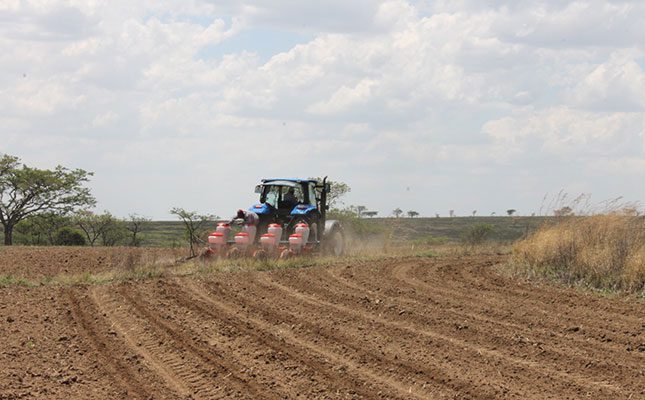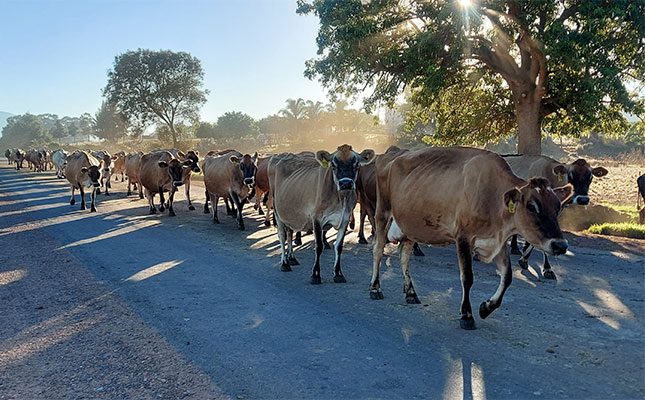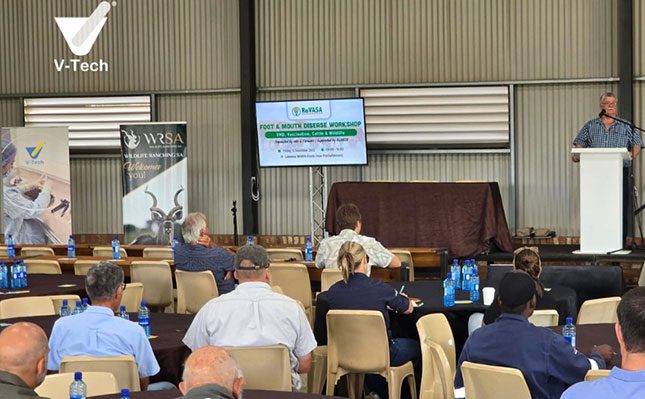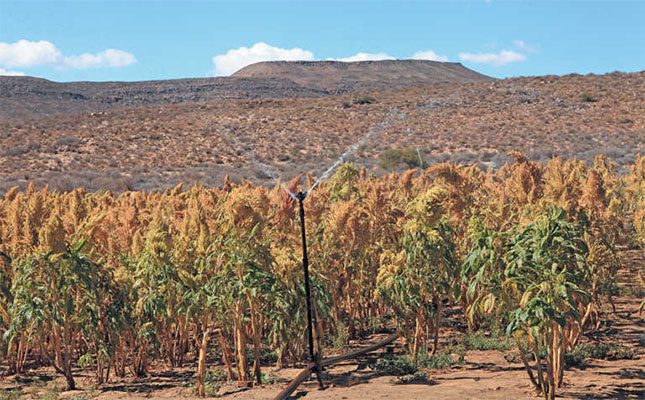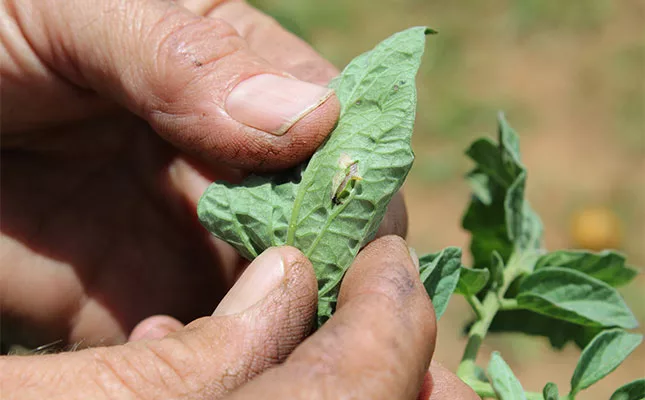
Photo: Lindi Botha
In a webinar hosted by CropLife SA in September, farmers were cautioned to implement good stewardship practices to prevent tomato leaf miner (Tuta absoluta) from developing resistance against pesticides.
T. absoluta is a highly destructive pest in South Africa, affecting mostly tomato crops and causing up to 100% crop losses. Since tomatoes are a key crop for food security and income generation, the pest presents a major challenge to local producers.
READ How to become a fresh produce powerhouse – lessons from Spain
Speaking during the webinar, Hirish Ramanand, stewardship specialist at CropLife SA, said that to his knowledge, there were no tomato varieties that were resistant to the pest, and that since registered crop protection chemicals were limited, farmers needed to be mindful to rotate active ingredients to prevent chemical resistance.
He clarified that, despite many reports from producers that chemicals were ineffective, there was no conclusive evidence as yet that T. absoluta had become resistant to pesticides, according to his knowledge.
“Incidents where there was no knock-down effect after applying pesticides were found to be a result of incorrect applications and dosages. It is therefore critical that farmers follow the correct dosage rates and regularly calibrate spray equipment to ensure it is functioning properly,” Ramanand explained.
However, he noted that sensitivity shifts had been observed, which meant the knock-down effect was reduced after applying pesticides. This was because of overapplication of the same active ingredients, as well as improper applications.
READ The role of cover crops in regenerative farming
In South Africa there is a high risk that this pest may develop resistance against insecticides because of the pest’s short life cycle, high reproductive capacity, resistance history and the overuse of the limited number of effective pesticides in the past.
Ramanand said that at present, he had no records of insecticides that have been confirmed to be ineffective against this pest in South Africa, although there are ongoing studies.
While there have been many reports pertaining to resistance development from growers, the lack of efficacy of products reported were largely due to incorrect application and not adhering to label instructions, in addition to faulty spray equipment and incorrect calibration.
“Farmers need to be very careful in their management practices to prevent sensitivity shifts or resistance. Rotate active ingredients, don’t return to the specific ingredient before 60 days, and follow the dosage instructions.
“Cultural practices like destroying all infected material, crop rotation, or leaving fields fallow for at least six weeks are also vital in the fight against T. absoluta,” Ramanand said.
Since the moth also feeds on weeds in the Solanaceae family, fields should also be cleared of these weeds during crop rotation cycles, and those close to tomato fields.
READ Advancing the use of integrated pest management in crop production
Developing and registering new pesticides is a long-term and costly process, and farmers are unlikely to see new chemical options anytime soon.
Therefore, Ramanand said producers needed to develop integrated pest management (IPM) strategies. In addition to responsible chemical use, pest monitoring, and commercially available formulated biological products should also be considered.
This included using pheromone traps that lured moths so that threshold levels could be monitored, and farmers across a whole area could be notified if there was an outbreak.
Natural enemies like parasitoids and predators could also be used to prevent large-scale outbreaks. Ramanand noted, however, that reliance on natural enemies entirely was not enough to control the pest.
“Farmers need a full IPM programme to manage pests across the whole lifecycle. Just spraying automatically based on sightings is an unnecessary expense that can do more harm than good and drive a pest species population to resistance,” he explained.

